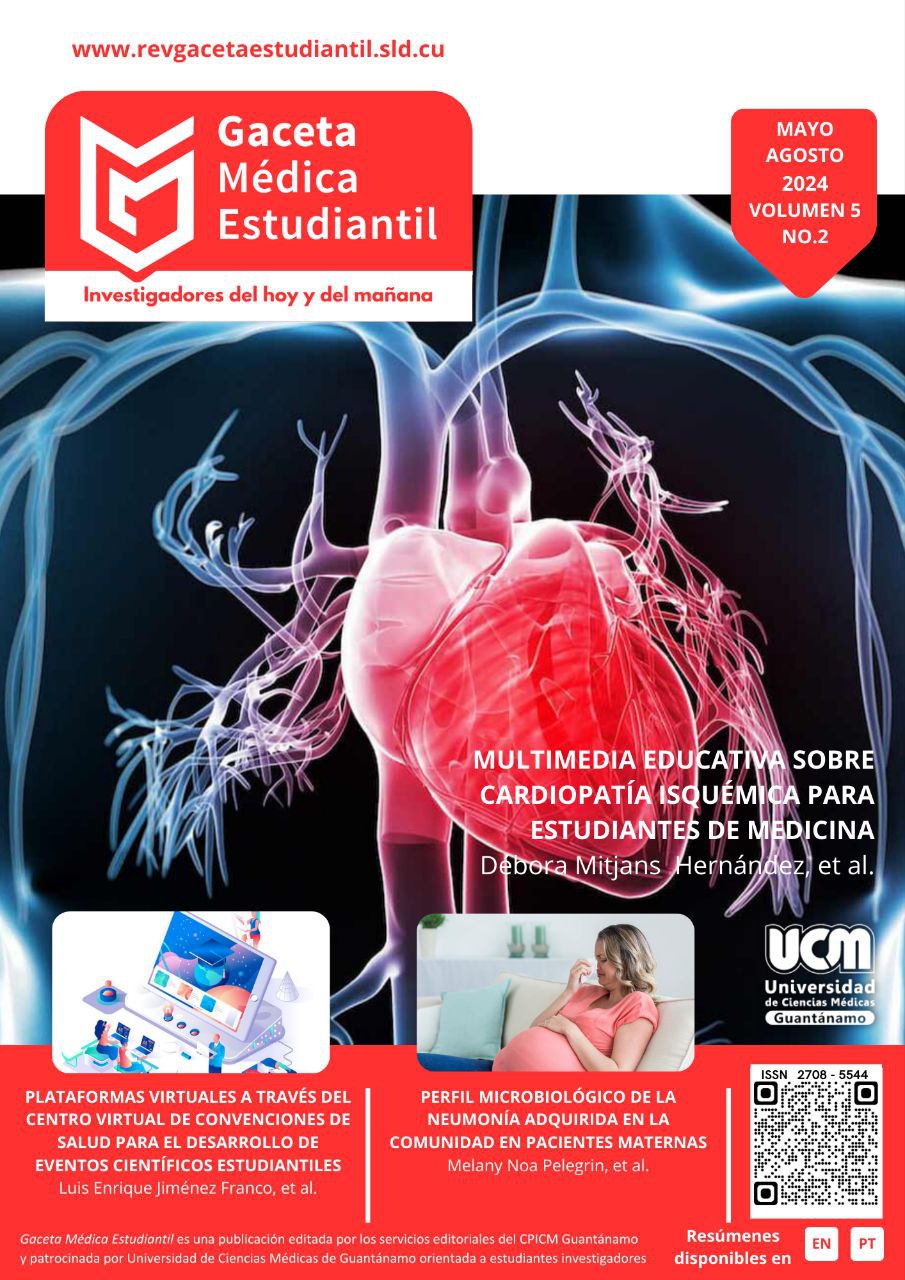Virtual platforms through the Virtual Health Convention Center for the development of student scientific events
Abstract
The organization and implementation of scientific events aimed at students of medical sciences responds to the research profile included in each undergraduate training program. However, its conception is far from the simple presentation of the project to be developed; frames a broad accompaniment of factors and/or components in its development (human, institutional, logistical assurance among others). After the confirmation of the first cases of COVID-19 and its subsequent accelerated progress, the traditional way of holding student scientific events was modified. In this sense, it was essential to continue planning the scientific-research cycles of each university; aspect that contributed to the implementation of the distance education (EaD) modality.(1) The Virtual Health Convention Center (CENCOMED, http://www.cenco.sld.cu/) provides extensive services for holding events and scientific conferences. Its management is carried out through the Open ConferenceSystem (OCS), an interface similar to that used by scientific journals in health sciences that operate in the INFOMED network.(2)Downloads
References
Benítez-Rojas LdlC. Ciencia estudiantil: Eventos Científicos Estudiantiles Virtuales durante la COVID-19. UnivMéd Pinareña [Internet]. 2021 [citado: 31/1/2022]; 17(3):e622. Disponible en: http://www.revgaleno.sld.cu/index.php/ump/article/view/622
Diaz Martínez AG, Pérez Herrera MJ. Gestión de eventos virtuales a través de INFOMED-CENCOMED alternativa para la comunicación en salud. MefAvila [Internet]. 2021 [citado 31/1/2022]; 1(1): 1-14. Disponible en: https://mefavila.sld.cu/index.php/mefavila/2021/paper/view/284
Downloads
Published
How to Cite
Issue
Section
ARK
License
Copyright (c) 2024 Luis Enrique Jiménez-Franco, Claudia Díaz-de la Rosa

This work is licensed under a Creative Commons Attribution-NonCommercial 4.0 International License.
The Gaceta Médica Estudiantil magazine provides immediate Open Access to its content. It is published under a Creative Commons Attribution-NonCommercial 4.0 International (CC BY-NC) license, which allows sharing (copying and redistributing the material in any medium or format) and adapting (remixing, transforming, and building upon the material), under the terms of acknowledge authorship and not make commercial use of the materials.












